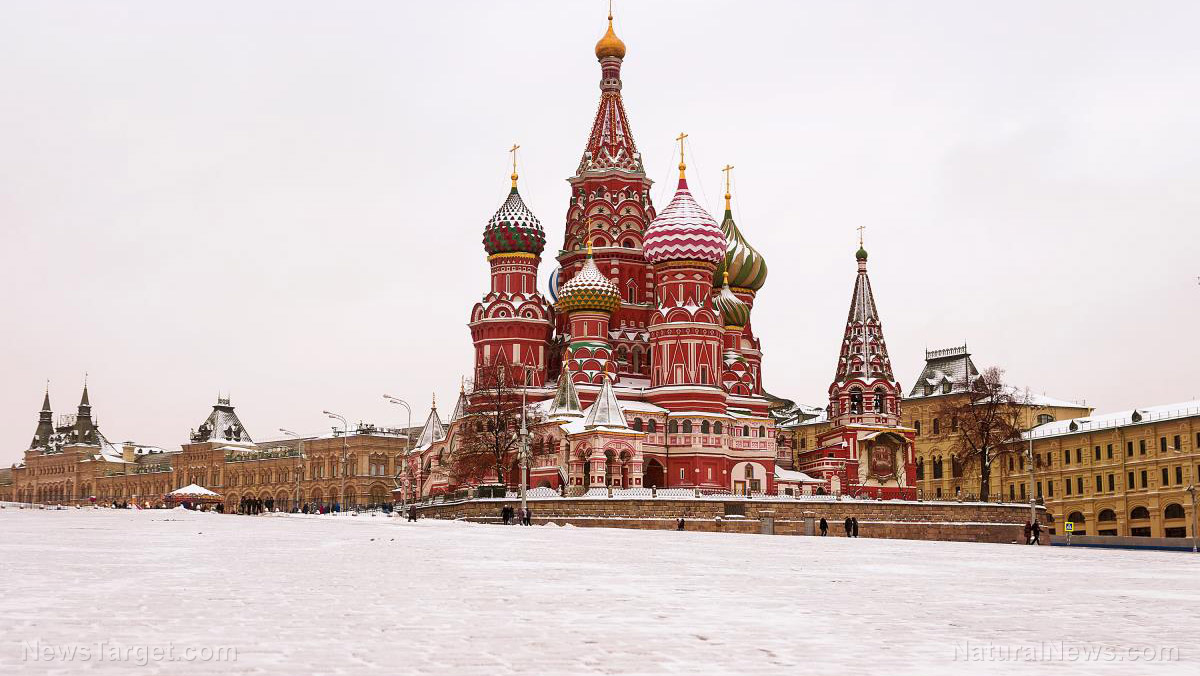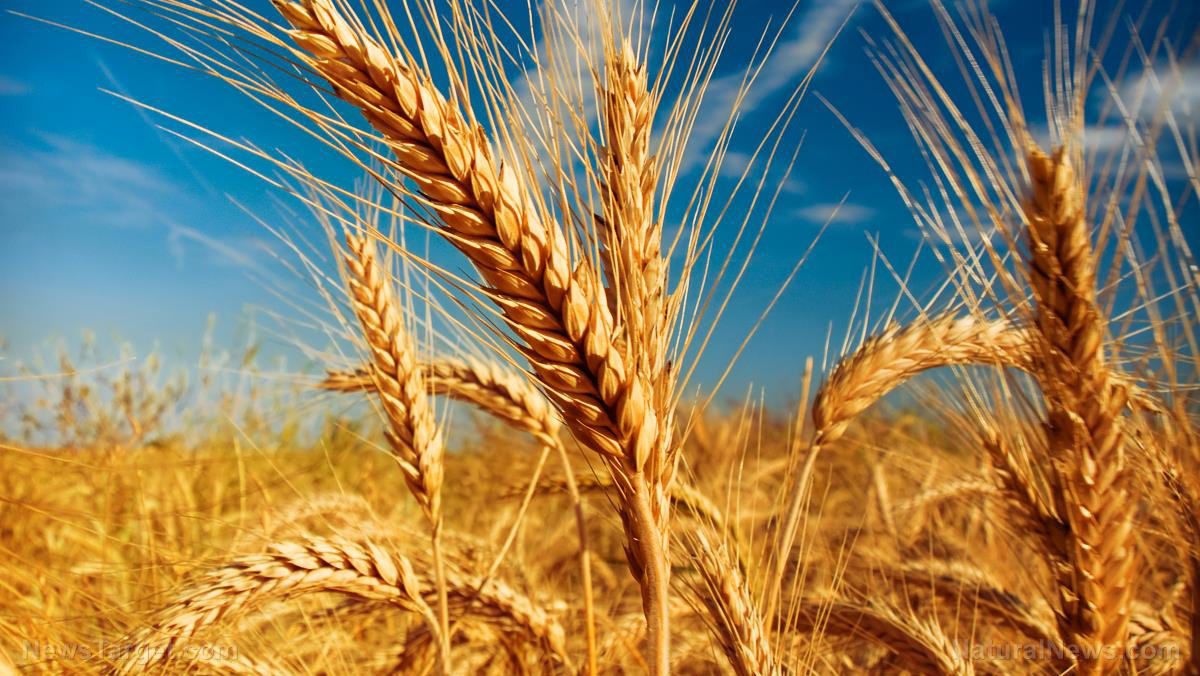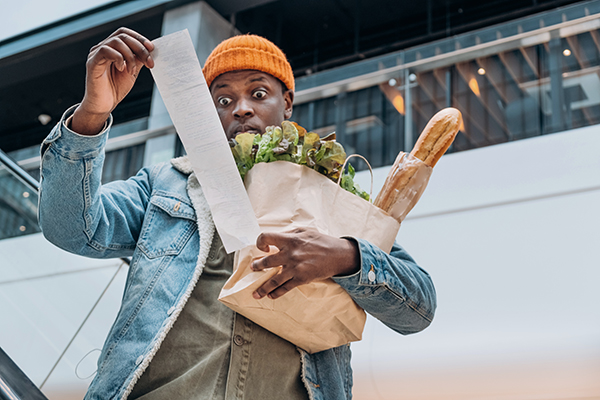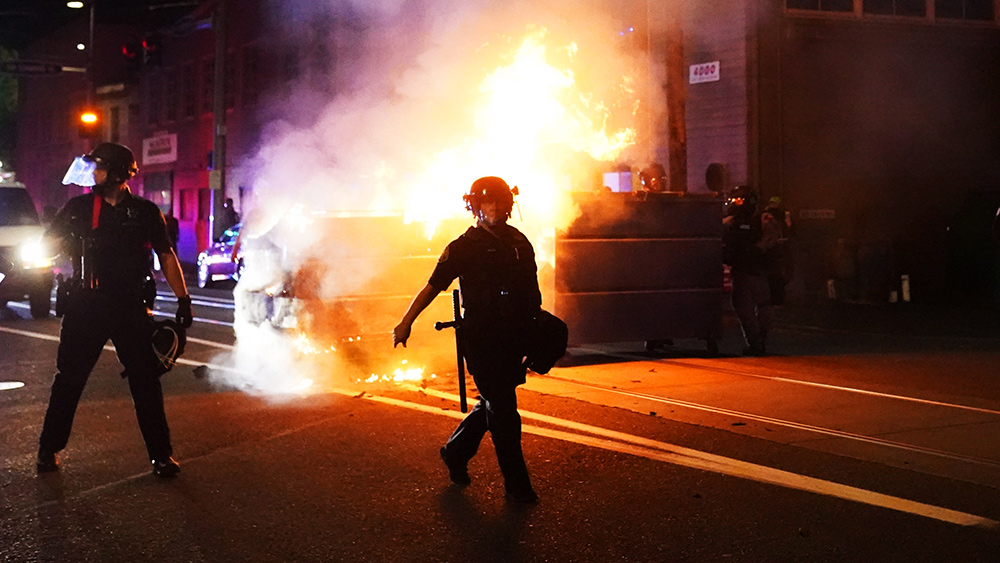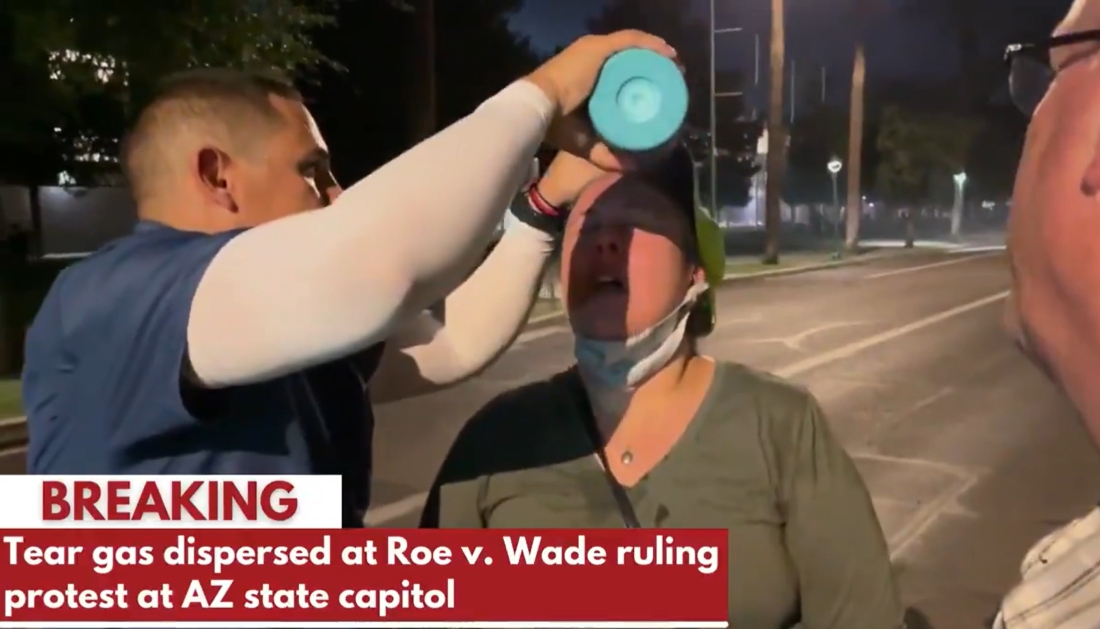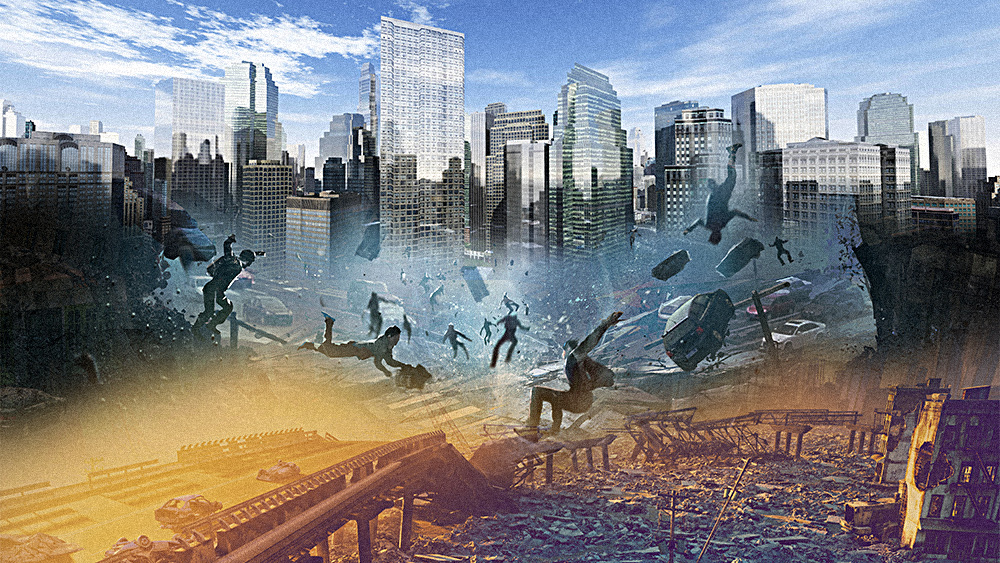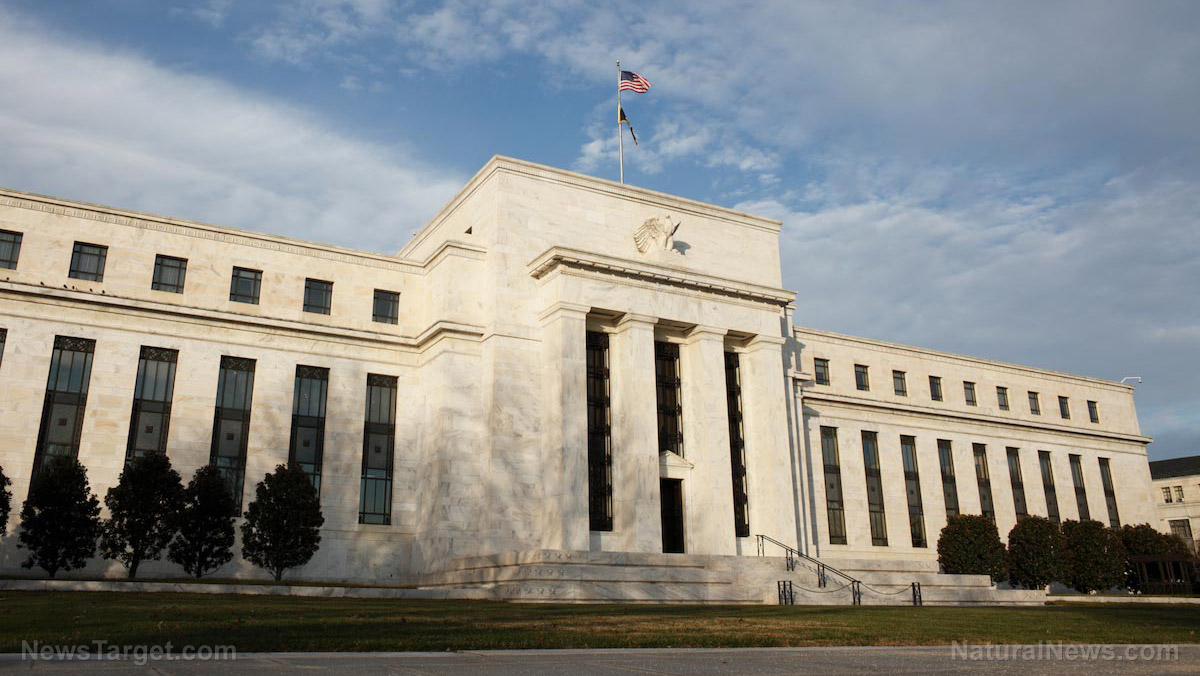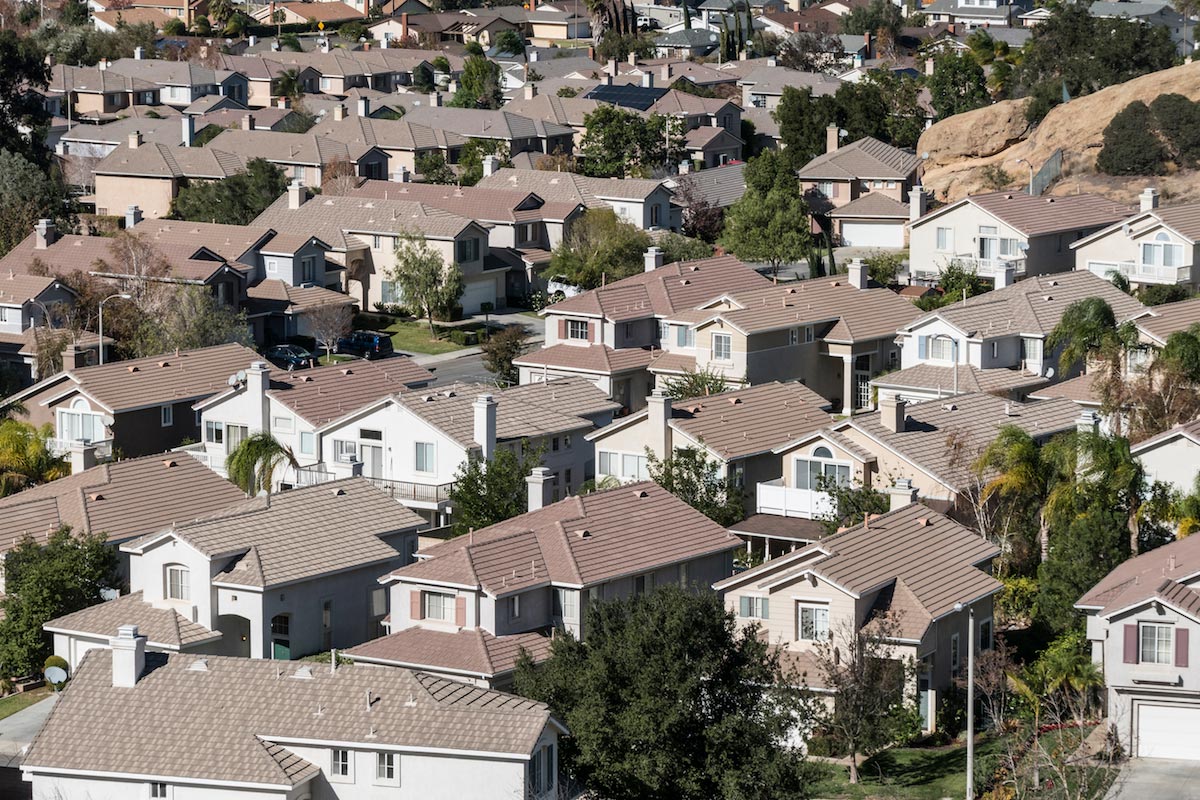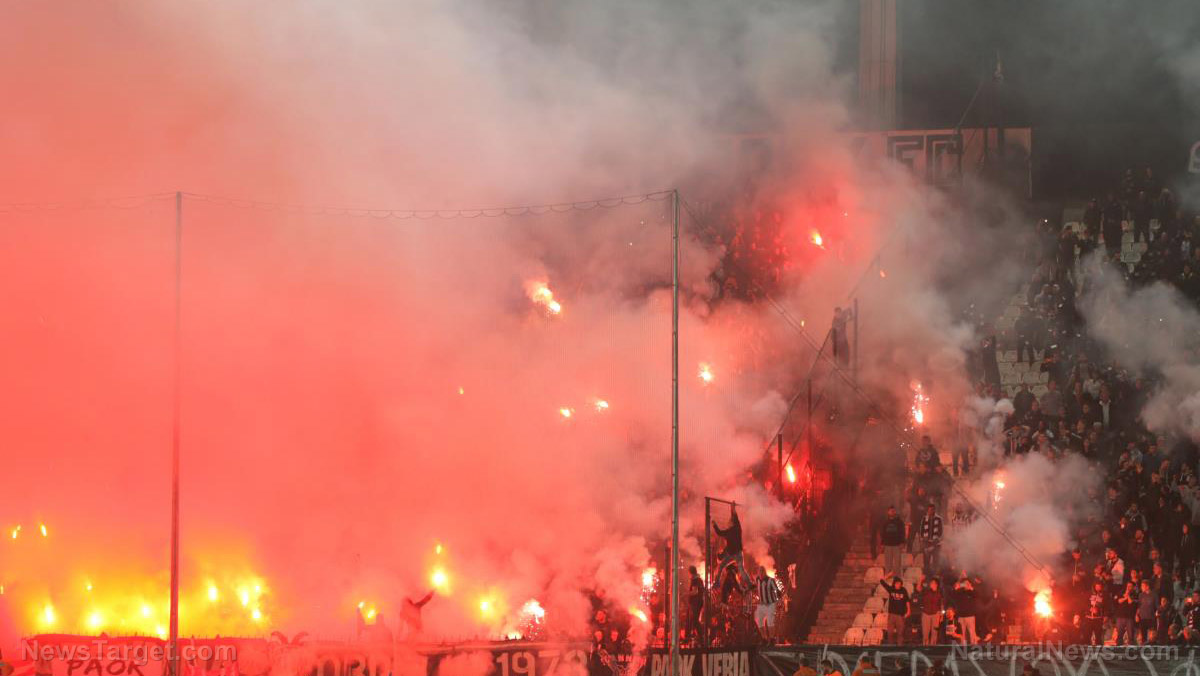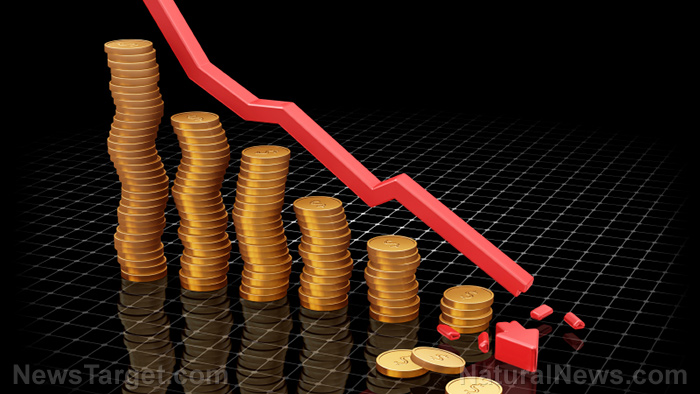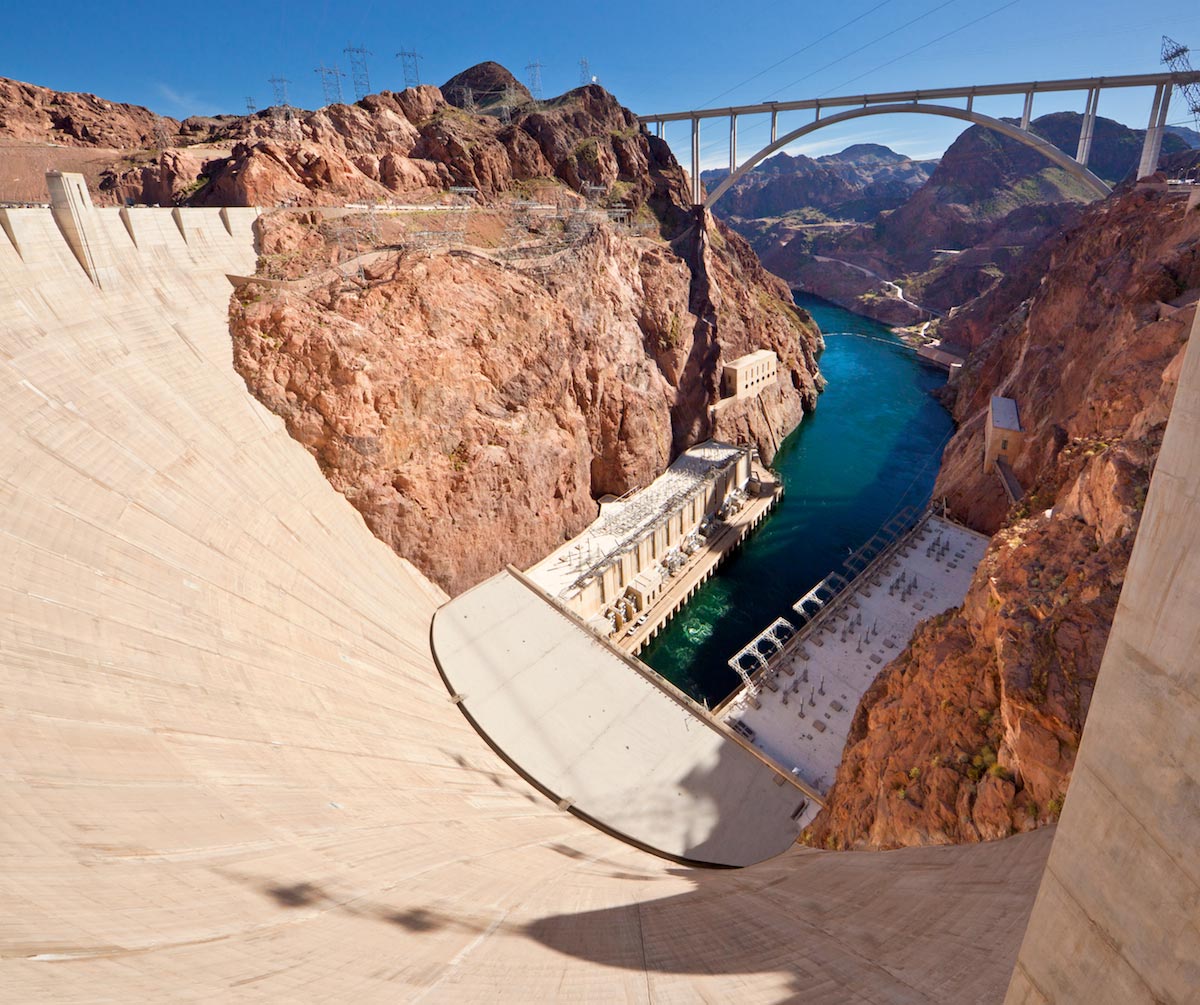Food and fuel shortages, price spikes continue to get worse in protest-hit Ecuador
06/28/2022 / By Arsenio Toledo
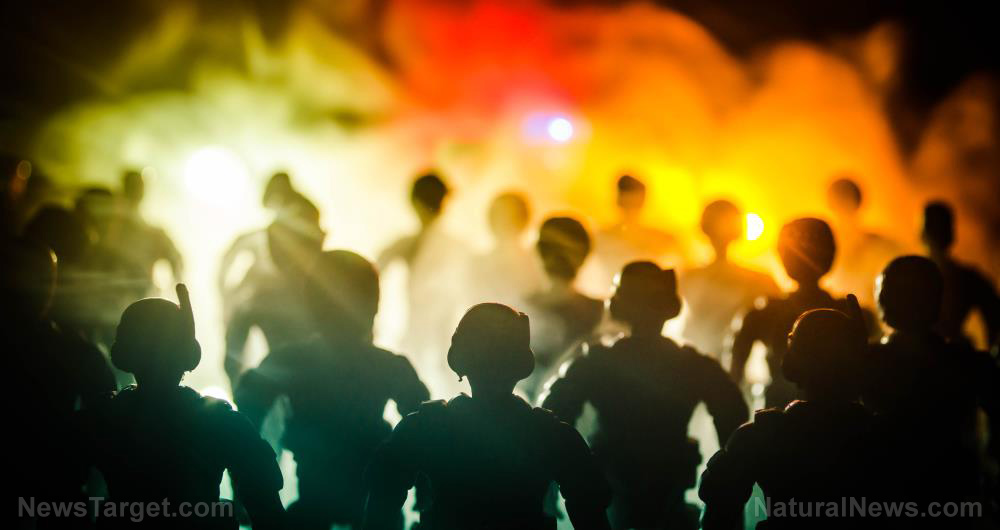
In protest- and riot-hit Ecuador, regular people are continuing to suffer due to food and fuel shortages and price spikes.
Tens of thousands of Ecuadorians all over the country are currently embroiled in demonstrations, strikes and violent protests, putting the country at a near standstill as the global spike in food prices and the constricting of the supply of food and fuel inflame discontent all over the world. (Related: Glimpse of the future: Protests, violence put a spotlight on Sri Lanka’s collapsing economy.)
In Ecuador’s capital Quito, resident and food vendor Mariana Morales said she has been unable to open her stall at the Santa Clara market in the city’s north because of a lack of produce. The rest of the market also went from being filled to the brim with fresh fruits and vegetables to having tarp-covered display cases, empty trays and deserted stalls.
Some were forced to close for several days due to severe food shortages. This led some fresh produce to go to waste. Morales, in an interview with Paolo Lopez of AFP, showed the journalist a bunch of rotten peppers that she could have sold if not for the market closure.
“The peppers were brand new and now it’s all wasted,” she said. Worse yet, Morales has not gone back to the wholesale market to restock her goods due to the explosion in prices. “A bag of carrots that used to cost $25 is now worth $100.”
In the southwestern port city of Guayaquil, the country’s second largest city, even domestically produced crops like potatoes and corn are in short supply.
“The situation is difficult because there is no one left to bring food from the highlands,” said Rosa, who has sold vegetables in Guayaquil for over 15 years.
Guayaquil’s supply center normally receives nearly 3,000 truckloads of food from the Andean highlands every day. This figure has since dropped by almost 70 percent.
“Before, I was sold a kilo of tomatoes for half a dollar. Now it costs me a dollar,” said Silvana Quimi, a resident of Guayaquil, commenting on how food prices have doubled within the span of just one week. “Everything is too expensive now.”
Prices have also doubled in the capital, where a bunch of bananas which used to cost around $1 now costs over $2.
“What is available costs an arm and a leg,” said Agustin Pazmino, a trader from Quito.
Protests making economic collapse worse
The protests have made deteriorating conditions in Ecuador – including rising prices, shortages and diminishing economic activity – even worse.
One of the largest protests included close to 10,000 protesters who established numerous roadblocks and other barricades in the main roads and highways throughout the country, especially the extremely vital Pan-American Highway that runs through the whole length of the country.
The Energy ministry warned that if the roadblocks aren’t dismantled, they could end up forcing oil production to cease within two days, which would only exacerbate collapse conditions for the country’s developing economy, which still relies heavily on oil exports.
The blockades are being led by CONAIE, Ecuador’s powerful confederation of organizations that represent the country’s indigenous population. The confederation has 10 demands, including freezing fuel prices, placing a moratorium on bank debts, subsiding the price of fertilizer and putting an end to mining in indigenous territories.
In response to the blockades and the deteriorating economic situation, Ecuadorian President Guillermo Lasso declared a state of emergency in six provinces, accusing the protesters of not actually demonstrating over the economic crisis but wanting to overthrow him and his conservative government.
CONAIE leader Leonidas Iza, a known anti-capitalist, has also refused to meet with government representatives unless Lasso lifts the state of emergency, withdraws law enforcement officials from the streets and meets at least some of the confederation’s most popular demands.
“The state does not want to listen to public opinion,” claimed CONAIE communications chief Andres Tapia. “Iza had hoped the president would give us an answer, [but] days later there’s no response, only violent repression.”
Juan Carlos Holguin, Ecuador’s foreign minister, said during an interview with the Financial Times that the government is exhausting “all possible channels of dialogue” with indigenous protesters in order to restore stability to the country, but attempts to reach out have so far been unsuccessful because the demonstrations have been infiltrated by radicals and criminal organizations.
“From day one, we’ve been open to the process of mediation. it’s the other side that has been unwilling to accept dialogue,” said Holguin, condemning the massive amount of violence against people and property.
Learn more about the collapse of food supplies everywhere at FoodCollapse.com.
Watch this clip from Ecuador as an indigenous people’s organization calls for a general strike against the surge in food and fuel prices.
This video is from the PureTrauma357 channel on Brighteon.com.
More related articles:
Germany moves to “stage two” of emergency gas plan, citing high risk of long-term energy shortages.
Sri Lankan army unit fires into crowd of protesters as unrest over fuel and food shortages spreads.
Import-reliant Singapore now feeling the pinch of FOOD INFLATION.
UK National Farmers Union head: Crops are being wasted while food banks are being stretched thin.
Sources include:
Submit a correction >>
Tagged Under:
chaos, Collapse, economic collapse, economy, Ecuador, famine, food collapse, food scarcity, food shortages, food supply, fuel shortages, fuel supply, hunger, Inflation, panic, protests, rationing, riots, starvation, uprising
This article may contain statements that reflect the opinion of the author
RECENT NEWS & ARTICLES
COPYRIGHT © 2017 CHAOS NEWS

